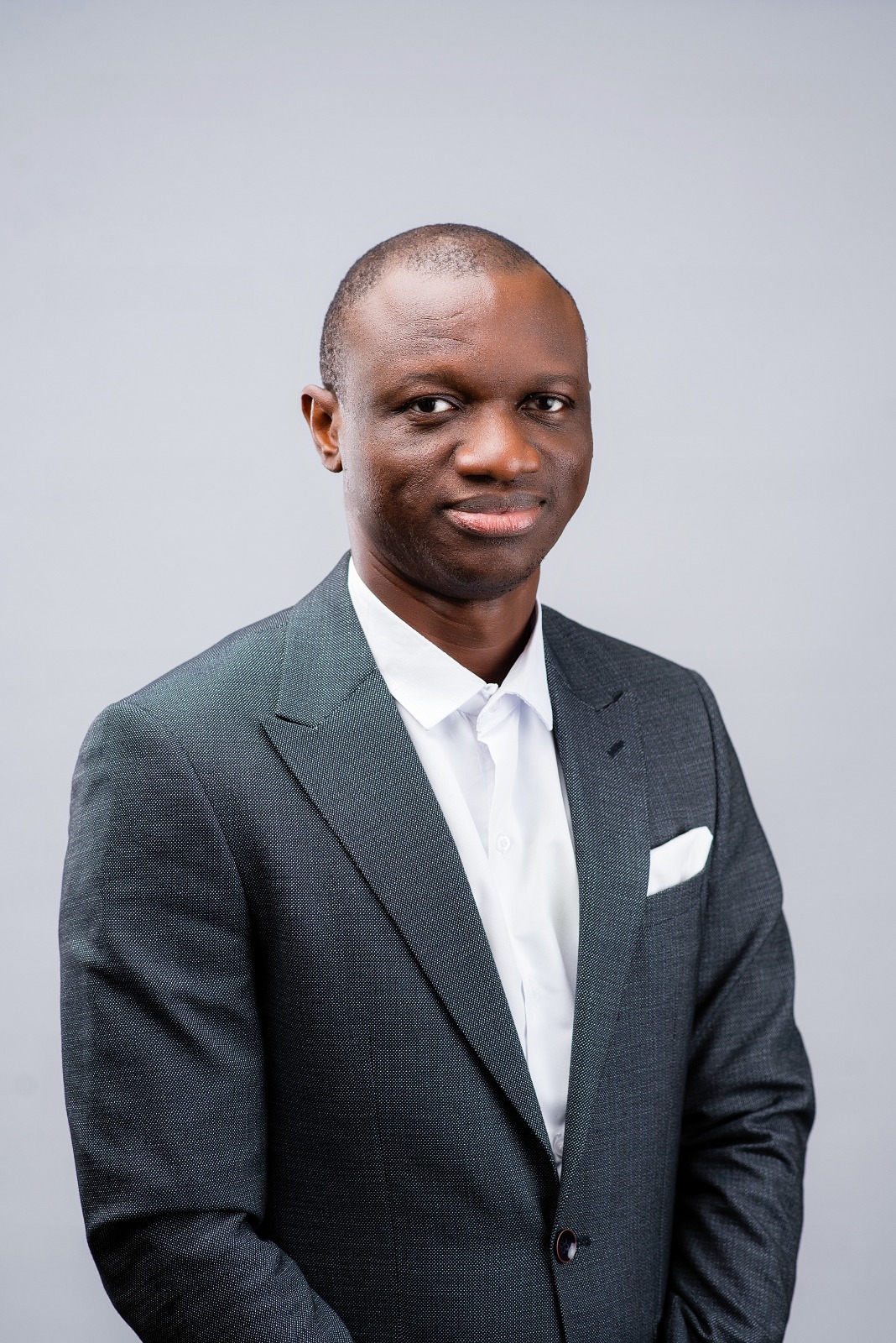“We are headed towards a world where all TV and media will be addressable, so we need to start to think now about how we plan, buy, and optimise differently.” So says Lara Izlan, director advertising data & analytics at ITV, summing up why she – and 200 others – came together for Xandr’s inaugural Connect event in London.
Such is the appetite to truly understand what is changing with video advertising and the technology around it, that it was standing-room only when Xandr, the advertising and analytics division of AT&T, brought experts together to discuss how to navigate the future convergence of digital and TV.
From a breakdown of advertising’s latest jargon, like CTV and OTT, to best practices for how to win at video advertising now and in future, we’ve packaged up expert views into handy short films to guide you through the ever-changing programmatic landscape.
Atop one of London’s tallest buildings, the view should be breathtakingly clear, but on the day of the Xandr Connect event, the city conformed to autumnal type – overcast. Despite the conditions outside, on the 42nd floor of London’s “Cheesegrater”, The Leadenhall Building, media experts brought clarity to the eternally vexing question of “what is the future of advertising?”
Connecting the dots
In the second wave of programmatic, it’s not an easy one to answer, as digital techniques and TV 2.0 start to blend together.
With a growing convergence between digital and TV, Xandr has a pipeline of tools to simplify workflows and bring transparency to an area that is being radically reshaped by addressability.
Alive and kicking
While a clear opportunity exists within TV and video, the market has never been more fragmented and complex with consumers using multiple devices across multiple channels to consume content, said Katy Blair, director, account management at Xandr, who moderated the concluding panel of the event.
Confusing terminology doesn’t help, noted Lara Izlan, director advertising data & analytics at ITV, “There’s a slew of new technology that tries to capture the intersection between content, device and delivery mechanisms. There’s more we can do to clarify that.”
Rob Bradley, SVP ad sales at CNN, pointed out that advertisers had to get out of a TV mindset and think of video as a way to distribute content to consumers over different devices. “TV is still thought of as this box in the corner of the room but video can contact consumers wherever they are.”
There is a misconception that TV is dead, added Vincent Soucaret, principal solutions consultant at Xandr, “We’re just watching it in different ways and there are so many different screens that we are now using.”
What digital taught us
In some ways, digital is only now beginning to deliver the promise that it made a decade ago, when programmatic was still “sellotaping stuff together,” Bradley said.
“People are now fascinated by this programmatic technology linking up all screens and you’re thinking about the full funnel. It’s a completely different business than when programmatic launched 10 years ago and that true joining up of screens is going to empower brand-led businesses.”
For media owners, the rapid adoption curve of smart TVs – from 5% in 2012 to 50% and growing – is forcing them to adapt, said Izlan. “It’s not linear versus digital. We are headed towards a world where all TV and media will be addressable, so we need to start to think now about how we plan, buy, and optimise differently.”
The insight loop
Advertisers should think of insight, measurement and outcomes as an iterative process, according to Bradley. Connected TV provides better quality data than ever and the ability to link to geo behaviour, for example, enables ever smarter decisions.






Comment
No comments found.